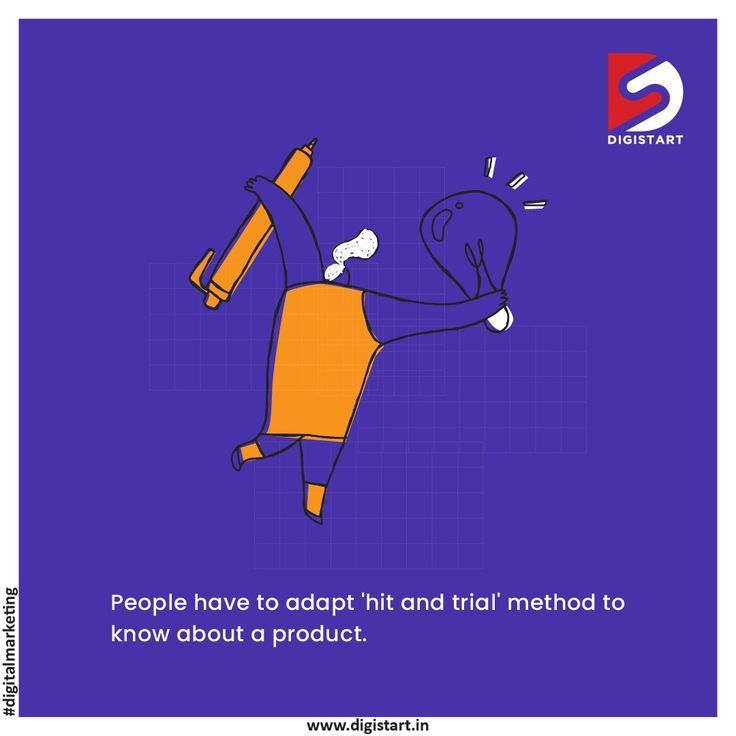LSA in Marketing: Understanding Latent Semantic Analysis
What’s LSA in marketing?
Latent semantic analysis (LSA) is a mathematical method use in marketing to analyze relationships between terms and concepts in large sets of text data. This advanced technique help marketers understand hide patterns in consumer language, preferences, and behaviors that might not be forthwith obvious through traditional analysis.
At its core, LSA work by examine how words appear unitedly across numerous documents, identify patterns that reveal semantic relationships. For marketers, this capability open doors to deeper consumer insights and more effective target strategies.
How LSA works in marketing applications
LSA operate on the principle that words use in similar contexts tend to have similar meanings. The process involve several key steps:
- Create a term document matrix where rows represent words and columns represent documents
- Apply mathematical dimension reduction techniques (typically singular value decomposition )
- Identify latent relationships between terms that might not be explicitly connect
- Map these relationships to reveal deeper patterns in consumer language and behavior
For example, LSA might reveal that customers who discuss” convenience ” ftentimes besides value “” me saving ” ” ” e” ciency, ” re” ar if they don’t explicitly use those terms unitedly. This insight help marketers craft more resonant messaging.
Key benefits of LSA for marketing strategies
Improved content relevance
LSA help marketers create content that genuinely resonate with target audiences by understand the semantic context of keywords kinda than fair focus on keyword density. This lead to more natural, engaging content that perform better in search results and connect more efficaciously with readers.
Content develop with LSA insights tend to address the actual intent behind searches kinda than fair match specific terms, result in higher engagement rates and better conversion potential.
Enhanced customer segmentation
Traditional segmentation frequently relies on demographic data or explicit customer statementsLSAsa take thiinterchangewe by identify hidden patterns in how different customer groups express themselves, allow for more nuanced segmentation base on linguistic patterns and conceptual associations.
This deeper segmentation enable marketers to identify micro segments that might differently remain hidden, create opportunities for extremely target campaigns with message tailor to specific conceptual frameworks that resonate with each group.
More effective SEO strategies
LSA has transformeSEOeo from simple keyword matching to understand semantic relevance. Search engines straightaway usLSAsa like techniques to interpret search intent and deliver results base on conceptual relevance quite than exact keyword matches.
Marketers who understand LSA can develop content strategies that align with how modern search engines interpret and rank content, focus on topic clusters and semantic relationships quite than keyword density unparalleled.
Competitive intelligence
By apply LSA to competitor content, social media presence, and customer reviews, marketers can uncover valuable insights about position, message effectiveness, and untapped market opportunities.
This analysis reveal conceptual territory that competitors might be miss or areas where current messaging isn’t align with customer language patterns, create strategic opportunities for differentiation.
Practical applications of LSA in marketing
Customer review analysis
LSA excels at process large volumes of customer reviews to identify patterns that might escape human analysis. By examine how customers describe products or services across thousands of reviews, marketers can identify:

Source: gomediashark.com
- Emerge product issues before they become widespread
- Features that customers value almost, regular when express in varied language
- Emotional associations with products that might not be explicitly state
- Comparison patterns between your products and competitors
This analysis provide actionable insights for product development, positioning, and message strategies that address actual customer perceptions kinda than assume priorities.
Content optimization
Content marketers use LSA to ensure their materials cover topics comprehensively and in ways that match how target audiences think about and search for information. The process typically involves:
- Analyze peak perform content in a niche to identify conceptual patterns
- Map semantic relationships between key topics in your industry
- Identify content gaps where important relate concepts aren’t being address
- Structure content to mirror how users conceptually organize information
This approach result in content that feel intuitive and complete to readers while besides perform advantageously in search rankings due to its comprehensive coverage of semantically relate topics.
Social media monitoring
LSA transform social media monitoring from keyword tracking to concept tracking. This evolution allows marketers to:
- Track brand sentiment yet when specific brand terms aren’t mentioned
- Identify emerge trends base on conceptual patterns sooner than specific hashtags
- Understand how different audience segments discuss similar topics in different ways
- Detect shifts in how products or categories are being conceptualized
This deeper monitoring capability provides early warning of market shifts and opportunities that keyword base monitoring might miss totally.
Campaign performance analysis
By apply LSA to campaign response data, marketers can understand which conceptual elements resonate virtually powerfully with audiences, eventide across different creative executions. This analysis help:
- Identify the underlying concepts that drive engagement, not simply specific words or visuals
- Understand how different audience segments respond to various conceptual approaches
- Refine message frameworks base on semantic patterns in high-pitched perform content
- Create more consistent conceptual through lines across multichannel campaigns
The result is continuous improvement in campaign effectiveness base on deeper understanding of what really resonate with target audiences.

Source: lsa.net
Implement LSA in your marketing strategy
Tools and technologies
Several tools and platforms incorporate LSA capabilities for marketing applications:
-
Enterprise level analytics platforms
Like IBM Watson and SAS that include text analytics with LSA capabilities -
SEO tools
Such as market muse andclear scopee that usLSAsa like approaches to content optimization -
Social listening platforms
Include brand watch andsprinklerr that incorporate semantic analysis -
Customer feedback analysis tools
Like Cambridge and quQualtricshat use lsLSAo process open end responses -
Open source libraries
Such as ENSIM for python that allow custom lLSAimplementation
The right tool depends on your specific application, technical capabilities, and integration requirements with exist marketing technology.
Skill requirements
Efficaciously implement LSA in marketing require a blend of analytical and marketing skills:
- Basic understanding of natural language processing concepts
- Data interpretation capabilities to translate LSA outputs into actionable insights
- Domain expertise to recognize which semantic patterns are really meaningful
- Content strategy skills to apply insights to content development
- Technical capabilities to work with LSA tools or collaborate with data scientists
Many marketing teams address this by create cross-functional groups that combine data science expertise with marketing knowledge.
Limitations and considerations
While powerful, LSA has important limitations marketers should understand:
-
Context sensitivity:
LSA doesn’t invariably capture contextual nuances like sarcasm or cultural references -
Data requirements:
Effective LSA typically require large text corpora to identify meaningful patterns -
Language specificity:
LSA models are language specific and may not transfer easily across languages -
Temporal changes:
Language usage evolve, require periodic retraining of LSA models -
Interpretation challenge:
Convert LSA outputs into actionable marketing insights require human judgment
These limitations don’t diminish LSA’s value but highlight the importance of use it as part of a broader analytical approach kinda than in isolation.
The future of LSA in marketing
LSA continue to evolve alongside other natural language processing techniques. Current trends include:
-
Integration with deep learning approaches
That combine LSA’s strengths with neural network capabilities -
Multimodal analysis
That apply semantic principles across text, image, and video content -
Real time LSA applications
For dynamic content personalization and campaign optimization -
Voice and conversational analysis
As voice search and smart assistants become more prevalent -
Cross-platform semantic mapping
To create unified customer understanding across touchpoints
Marketers who will develop capabilities in semantic analysis nowadays will be wellspring will position to will leverage these will emerge applications.
Getting start with LSA in marketing
For marketers new to LSA, these steps provide a practical starting point:
-
Start with a focused application
Such as analyze customer reviews or optimize content for a specific product line -
Use exist tools
With LSA capabilities preferably than build custom solutions initially -
Combine LSA insight with traditional marketing analytics
To validate findings and build confidence in the approach -
Create cross-functional teams
That include both analytical and marketing expertise -
Develop clear use cases
With specific business objectives preferably than implement LSA as a general capability
This measured approach allow marketing teams to build experience with LSA while deliver immediate value through target applications.
Conclusion
Latent semantic analysis represent a powerful evolution in how marketers understand and respond to customer language and behavior. By reveal hide patterns and relationships in text data, LSA enable more nuanced targeting, more relevant content, and more effective campaigns.
As marketing become progressively information drive, techniques like LSA that bridge quantitative analysis with human language understanding become essential components of the marketing toolkit. Organizations that develop capabilities in this area gain significant advantages in customer insight and message effectiveness.
The nearly successful implementations of LSA in marketing combine sophisticated analytical techniques with strong marketing intuition and domain expertise. This balanced approach ensure that the patterns reveal through LSA translate into meaningful customer connections and business results.



